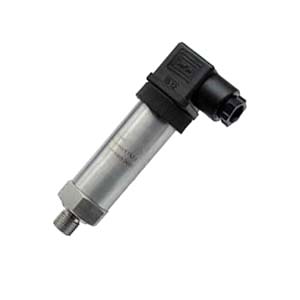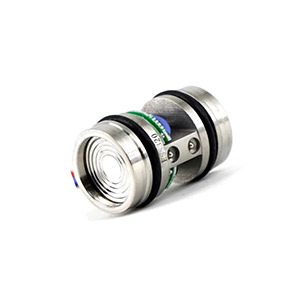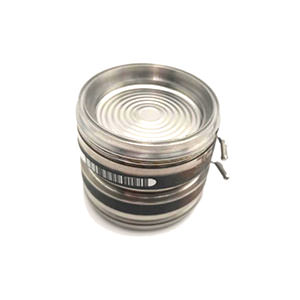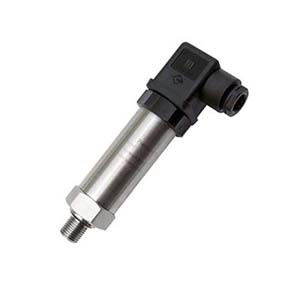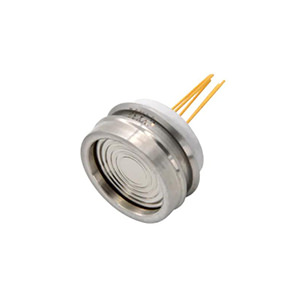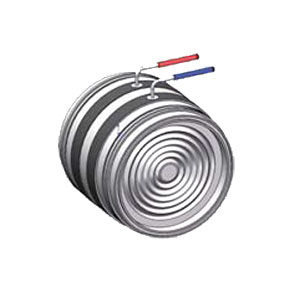What is analog output pressure sensor
An analog output from a pressure sensor is a continuous signal that represents the magnitude of the physical quantity being measured. This signal can take any value within a specified range and varies linearly with the measured quantity.
For example, if the sensor is designed to measure pressures from 0 to 100 psi and has an output range of 0-5V, the analog output changes continuously as the pressure changes, then a pressure of 50 psi would correspond to an output of 2.5V.
There are two common types of analog outputs: voltage and current.
Voltage outputs (e.g., 0-5V, 1-5V, 0.5-4.5V) are typically used in short-distance, low-noise environments.
Current outputs (e.g., 4-20mA) are used where long-distance transmission is required or in environments with high electrical noise because they are less susceptible to signal degradation and interference.
Millivolt output (e.g.,ESS319 and ESS501) which signal not being amplified, always used for miniature and low power devices.
Analog outputs are commonly used in a wide range of applications because of their simplicity, real-time response, and compatibility with a variety of readout and control devices.
Types of analog output
Analog output signals in pressure sensors are continuous signals that change smoothly over time, directly proportionate to the pressure being measured. The two most common types of analog outputs in pressure sensors are voltage outputs and current outputs.
Voltage Outputs
Voltage output signals typically range from 0-5V, 0-10V, 0.5-4.5V, or 1-5V. The actual range depends on the sensor design and application needs.
A sensor with a 0-5V output, for example, will output 0V when no pressure is applied and 5V when the maximum rated pressure is applied. For any pressure in between, the output voltage scales linearly. So, if the maximum rated pressure of the sensor is 100psi, an output of 2.5V would correspond to a pressure of 50psi.
Some sensors use a 0.5-4.5V output, where outputs below 0.5V or above 4.5V are used to indicate fault conditions.
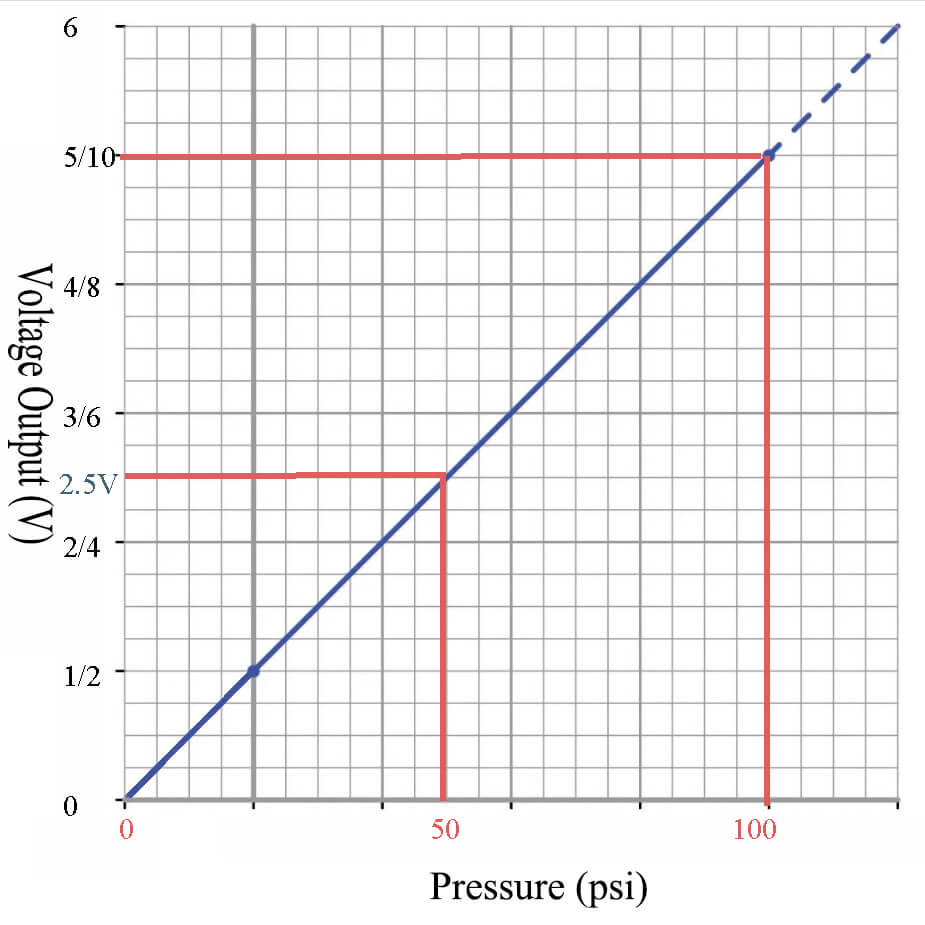
Check the details about voltage pressure sensor
Current Outputs
Current output signals typically range from 4-20mA. This type of output is less susceptible to electrical noise and is therefore often used in industrial settings or over long transmission distances.
With a 4-20mA sensor, the sensor will output 4mA when no pressure is applied and 20mA when the maximum rated pressure is applied. Like voltage output, the current scales linearly with pressure.
The 4mA lower limit, instead of 0mA, allows the system to distinguish between a zero pressure reading (4mA) and a broken or disconnected sensor (0mA).
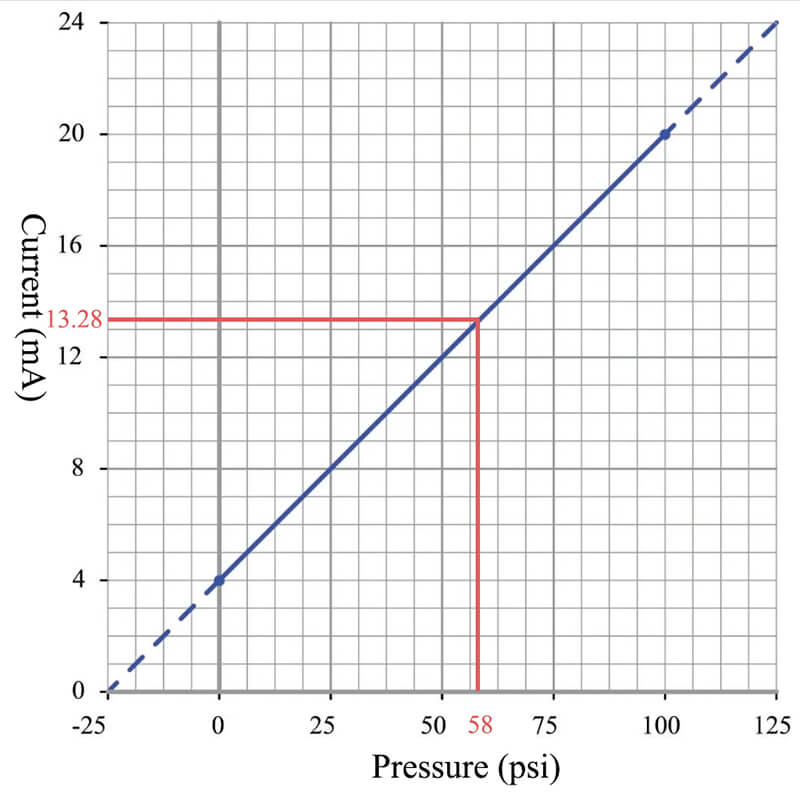
Check the details about 4-20mA pressure sensor
Millivolt output
The millivolt output typically refers to the raw signal from a sensor element, often a Wheatstone bridge configuration of strain gauges.
The output voltage of this type of sensor is directly proportional to the pressure applied and is usually in the millivolt range, hence the term ‘millivolt output’.
This output is an analog signal because it’s a continuous signal that can take on any value within its range.
There are a few things to note about millivolt output sensors
- Power supply: usually ratiometric, 1.5mA, 5V, 10V
- Distance: very short
- Noise: susceptible to EMI
- Amplification: need to be amplified
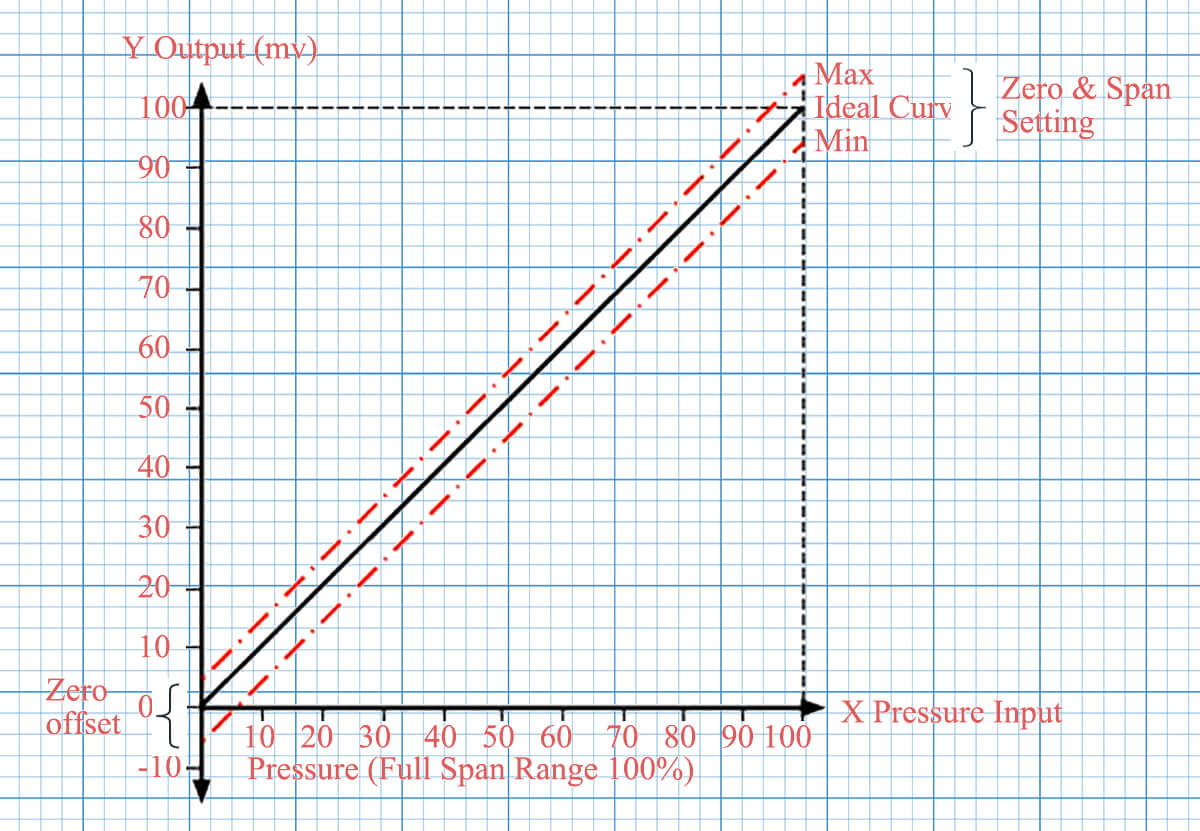
Check the details about millivolt pressure sensor
What need to consider when choose analog output pressure sensor
When choosing between voltage and current output signals, you need to consider the following before make decision.
- Distance: For longer distances (i.e.100m), choose current output (4-20mA) as it is less susceptible to voltage drops over long distances.
- Electrical Noise: If the sensor is in a high noise environment, a current output is a better choice, as it is less affected by electrical noise.
- Power Supply: If power supply is limited, a voltage output might be a more suitable choice. These sensors often have lower power requirements than current-output sensors.
- Resolution: The resolution is determined by the output range and the pressure range. A larger output range generally provides a higher resolution for the same pressure range.
Always consult the sensor datasheet or the manufacturer to ensure the chosen sensor meets your specific needs.
Below table give the details of highlight feature for different output types.
| Output | Transfer Distance | Power Supply | Highlight Features | Main Limitations | Industries |
|---|---|---|---|---|---|
| mV output | ± 3m | 1.5mA | 5V | 1. Low power consumption 2. Ratiometric output | 1. More susceptible to noise interference due to low voltage levels. 2. Requires more care in system design to preserve signal integrity. | High precision industrial applications, Aerospace, Scientific Research |
| 0.5-4.5V | ± 10m | 5V | 1. Good for fault detection 2. Lower power consumption 3. Widely compatible with devices | Lower voltage range, potentially resulting in lower resolution for the same pressure range. | Automotive, Industrial Automation, HVAC |
| 0-5V | ± 10m | 5V | 1. Full use of the 0-5V range for output 2. Good compatibility with many systems | No built-in fault detection like in the 0.5-4.5V or 1-5V sensors. | Industrial Automation, Process Control, Automotive |
| 1-5V | ± 10m | 5V | 1. Good for fault detection 2. Providing higher resolution than 0.5-4.5V | 1. Slightly higher power consumption than 0.5-4.5V sensors. 2. Compatibility may be an issue with some systems or devices. | Industrial Control Systems, Process Control, Aerospace |
| 1-6V | ± 10m | 6V | 1. Good for fault detection 2. Providing even higher resolution than 1-5V | 1. Highest power consumption among the three types. 2. Compatibility may be an issue with some systems or devices. | Industrial Control Systems, Process Control, Aerospace |
| 0-10V | ± 15m | 10V | 1. Full use of the 0-10V range for output, 2. Providing even higher resolution than 1-6V 3. Compatible with systems that require 0-10V inputs | 1. Requires higher power supply. 2. No built-in fault detection. | Industrial Control Systems, Process Control, Aerospace |
| 4-20mA | >1000m | 24V | 36V | 1. High noise immunity due to current-based transmission. 2. Built-in fault detection (output < 4mA indicates a fault) 3. Transmit data over the same pair of wires 1000-m long | 1. Requires a power supply that can provide sufficient voltage and current. 2. A short circuit can potentially damage the power supply. | Industrial Control Systems, Process Control, Oil and Gas, Water Treatment |
Compare analog with digital output
Reason why analog is good
One of the most compelling reasons to choose an analog output pressure sensor relates to its simplicity and direct interpretability.
Analog output sensors provide a continuous signal that varies proportionally with the pressure.
This means the output can be directly and intuitively related to the pressure.
For example, as we mentioned early, if you have a 0-5V analog output sensor designed for a range of 0-100 psi, a reading of 2.5V would directly correspond to a pressure of 50 psi.
You don’t need complex calculations or conversions to understand what the signal means.
Moreover, analog output sensors typically offer robust performance and are less susceptible to total failure compared to digital sensors.
Even if the signal is slightly distorted due to noise or interference, as long as it’s within a tolerable range, the system can still function.
Also, in applications where the signal needs to be sent over long distances or in noisy environments, a 4-20mA current output analog sensor can be a great choice.
Current signals are less susceptible to signal degradation over long distances and to interference compared to voltage signals, making them ideal in industrial environments.
Therefore, the most critical reasons to choose an analog output pressure sensor would be its:
- Direct interpretability.
- Robustness, especially in challenging environments.
- Long transmission distances.
Both highlight features
Both analog and digital outputs have unique benefits, and the choice between the two largely depends on the specific requirements of your application.
Here are the main benefits for each:
Benefits of Analog Output
Simplicity: Analog signals can be easier to understand and interpret, as they provide a continuous signal that directly corresponds to the measurement.
Real-time Output: Analog sensors provide real-time, continuous feedback, which can be critical in certain applications such as process control or monitoring.
No Need for Complex Electronics: Analog sensors can directly interface with simple readout devices, control units, or data loggers without the need for digital-to-analog converters.
Less Susceptible to Total Failure: Analog signals can still provide usable (though degraded) data in the presence of noise or interference, whereas digital signals might become completely unreadable.
Benefits of Digital Output
High Accuracy: Digital sensors can offer very high accuracy and precision, especially for applications requiring detailed, exact measurements.
Immunity to Noise: Digital signals are generally more immune to noise and signal degradation, especially over long distances, compared to analog signals.
Easy Integration with Digital Systems: Digital output sensors can easily interface with modern digital systems, including microcontrollers, digital signal processors, and computers.
Data Storage and Transmission: Digital signals can be stored and transmitted without degradation, making them ideal for applications where data logging is required.
Advanced Features: Digital sensors can include advanced features such as self-calibration, linearization, temperature compensation, and diagnostics that can improve overall system performance.
Wrap up
There are mainly below types of analog outputs:
- Voltage outputs are used in short-distance, low-noise environments,
- While current outputs are used for long-distance transmission or in high-noise environments.
- Millivolt output sensors have a voltage output in the millivolt range and require amplification.
When choosing between voltage and current output, factors to consider include distance, electrical noise, power supply, and resolution.
Analog output sensors offer simplicity, direct interpretability, robustness, and are suitable for long transmission distances.
Digital output sensors offer high accuracy, immunity to noise, easy integration with digital systems, data storage and transmission capabilities, and advanced features.
The choice between analog and digital output depends on specific application requirements.

